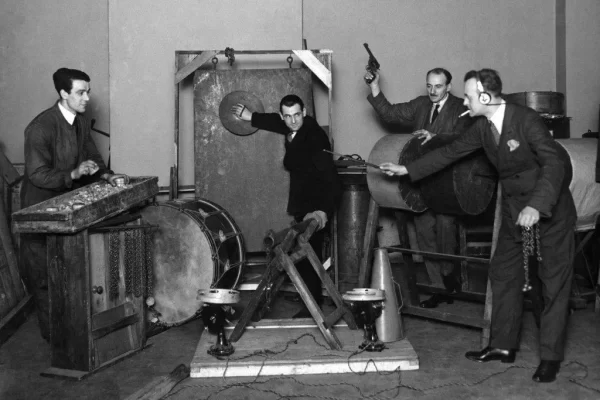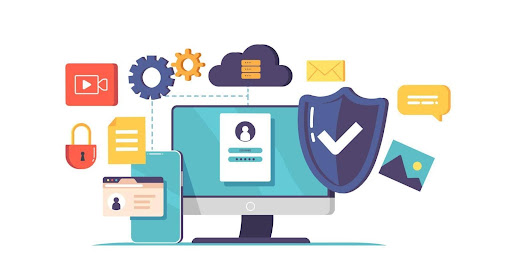‘Who owns information, he owns the world.’
This well-known phrase came from a German Jewish banker Nathan Mayer Rothschild. He knew how precious information could be, so he was the first in London to know the outcome of the Battle of Waterloo in 1815. At that time, all people moved over long distances on horses. And only Nathan Mayer Rothschild came up the idea of using the homing pigeon for long distance communication. This information allowed him to make the right decision by buying the English state funds that later increased in value. He made £ 40 million and earned the title ‘The real winner of the battle of Waterloo’.
Sharing information has always been an essential part of society development. Socrates called it the mission of humanity and encouraged people to educate each other and keep long-distance communication. Nowadays it is so much easier. We can learn on Instagram what person from another part of the world ate for breakfast in a matter of seconds. That’s probably not what Socrates meant, but still.
Let’s go back in time and see what our ancestors went through to keep in touch with each other. There were no free online fax service, cell phones, Facebook messenger, or Skype. Just uncertainty somewhere on the distance.
Pigeons
The pigeon post was used more than 5.000 years ago. It was considered the fastest mode of communication at that time. People continued using birds in military operations even after the invention of the radio and the telegraph. During World War II soldiers were sending pigeons to take photos of enemies by small cameras. According to the New York Times article, pigeons are still used in Middle East war zones. Even nowadays it is possible to train racing pigeons to carry messages and small packets. It can be an excellent option for those who are afraid of getting hacked.
Drums
This wireless communication system was invented by Africans. The messages could be transmitted at a speed of 100 miles in an hour. It helped different tribes to inform each other about the danger. People from Nigeria and Ghana were using drums in the time of the slave trade. It was the only way to tell their relatives they were still alive. It was banned by their enslavers who didn’t understand the secret code.
It is important to mention that drum communication method was not a language itself, the rhythm could only represent the signal or idea. These drums had narrow long opening and chambers. Each was made out of hollow logs; the volume of the signal directly depended on the size of the log.
Smoke
It is considered the oldest form of visual communication. As historians say, the first time smoke was used in 200 BC when soldiers wanted to send the message along the Great Wall in China. At that time they used a mix of saltpetre, sulfur and wolf dung to create dense smoke. The first ‘smoke alphabet’ was devised in 150 BC by a Greek historian Polybius.
Nowadays, there is no need to use smoke since there are so many different ways of communication. From another hand, The Boy Scouts of America still learn it just in case their phones run out of battery in the middle of nowhere.
Telegraph
In 1844, the invention of the Telegraph was a miracle. It could transmit the electric signals over wires and translate it into a message. An art professor at the University of the City of New York Samuel Finley Breese Morse was inspired to hear from an inventor Charles Jackson that the electric impulse could be carried along a long wire. It took ten years to make it work. Later on, the U.S. Congress paid Morse $ 30.000 to build the first telegraph line. The first message was ‘What hath God wrought’. It was sent from Washington to Baltimore. The 21st century saw the death of Samuel Morse’s invention.
Today we can keep a long distance relationship alive, work remotely; astronauts on the space station can stay in touch with Earth. It looks like we have it all. Should we expect more to come?





